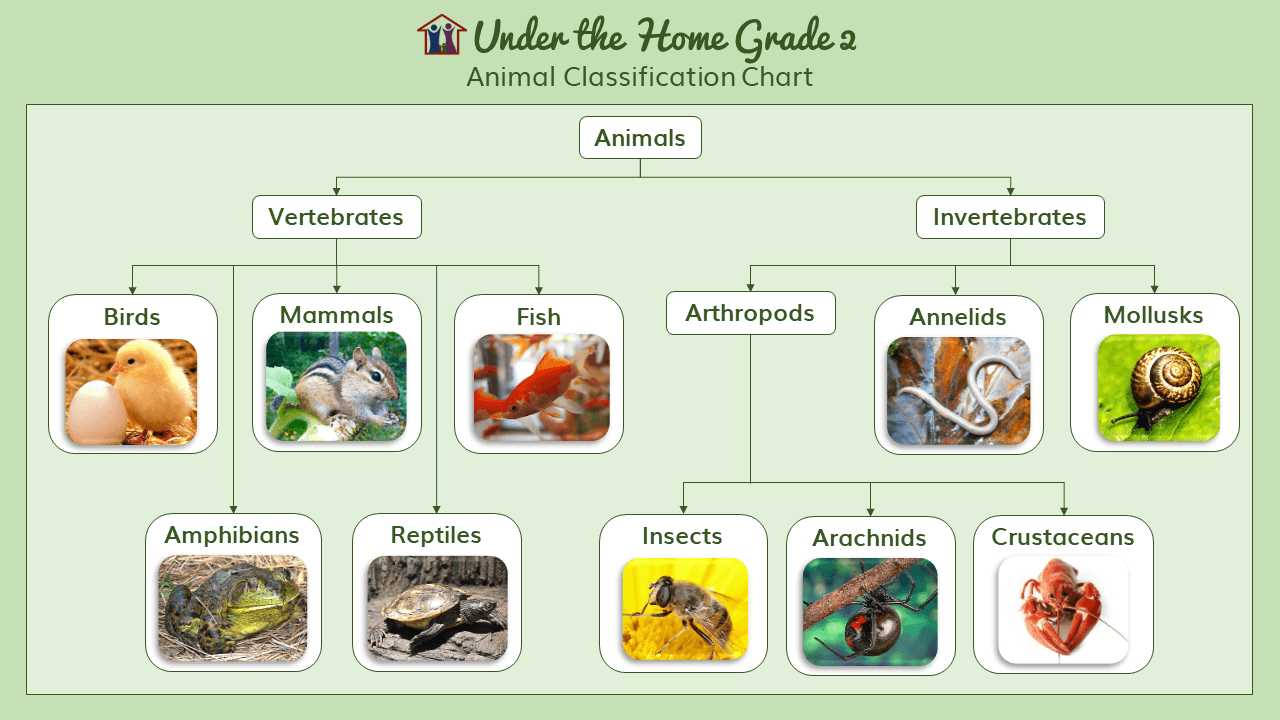Lesson 35: The Earthworm
Performer: LibriVox - Claire Schreuder
'The Contented Earthworms' from Among the Meadow People by Clara Dillingham Pierson
After a long and soaking rain, the Earthworms came out of their burrows, or rather, they came part way out, for each Earthworm put out half of his body, and, as there were many of them and they lived near to each other, they could easily visit without leaving their own homes. Two of these long, slimy people were talking, when a Potato Bug strolled by. "You poor things," said he, "what a wretched life you must lead. Spending one's days in the dark earth must be very dreary."
"Dreary!" exclaimed one of the Earthworms, "it is delightful. The earth is a snug and soft home. It is warm in cold weather and cool in warm weather. There are no winds to trouble us, and no sun to scorch us."
"But," said the Potato Bug, "it must be very dull. Now, out in the grass, one finds beautiful flowers, and so many families of friends."
"And down here," answered the Worm, "we have the roots. Some are brown and woody, like those of the trees, and some are white and slender and soft. They creep and twine, until it is like passing through a forest to go among them. And then, there are the seeds. Such busy times as there are in the ground in springtime! Each tiny seed awakens and begins to grow. Its roots must strike downward, and its stalk upward toward the light. Sometimes the seeds are buried in the earth with the root end up, and then they have a great time getting twisted around and ready to grow."
"Still, after the plants are all growing and have their heads in the air, you must miss them."
"We have the roots always," said the Worm. "And then, when the summer is over, the plants have done their work, helping to make the world beautiful and raise their seed babies, and they wither and droop to the earth again, and little by little the sun and the frost and the rain help them to melt back into the earth. The earth is the beginning and the end of plants."
"Do you ever meet the meadow people in it?" asked the Potato Bug.
"Many of them live here as babies," said the Worm. "The May Beetles, the Grasshoppers, the great Humming-bird Moths, and many others spend their babyhood here, all wrapped in eggs or cocoons. Then, when they are strong enough, and their legs and wings are grown, they push their way out and begin their work. It is their getting-ready time, down here in the dark. And then, there are the stones, and they are so old and strange. I am often glad that I am not a stone, for to have to lie still must be hard to bear. Yet I have heard that they did not always lie so, and that some of the very pebbles around us tossed and rolled and ground for years in the bed of a river, and that some of them were rubbed and broken off of great rocks. Perhaps they are glad now to just lie and rest."
"Truly," said the Potato Bug, "you have a pleasant home, but give me the sunshine and fresh air, my six legs, and my striped wings, and you are welcome to it all."
"You are welcome to them all," answered the Worms. "We are contented with smooth and shining bodies, with which we can bore and wriggle our way through the soft, brown earth. We like our task of keeping the earth right for the plants, and we will work and rest happily here."
The Potato Bug went his way, and said to his brothers, "What do you think? I have been talking with Earthworms who would not be Potato Bugs if they could." And they all shook their heads in wonder, for they thought that to be Potato Bugs was the grandest and happiest thing in the world.
 Animal Nature Study
Animal Nature Study
Animal Nature Study
Animal Nature Study

 Animal Nature Study
Animal Nature Study
Animal Nature Study
Animal Nature Study




